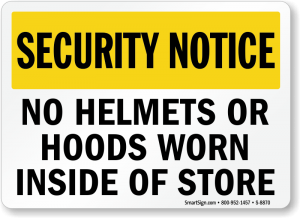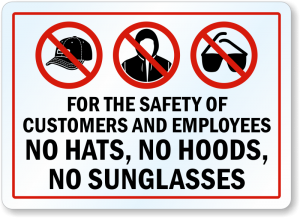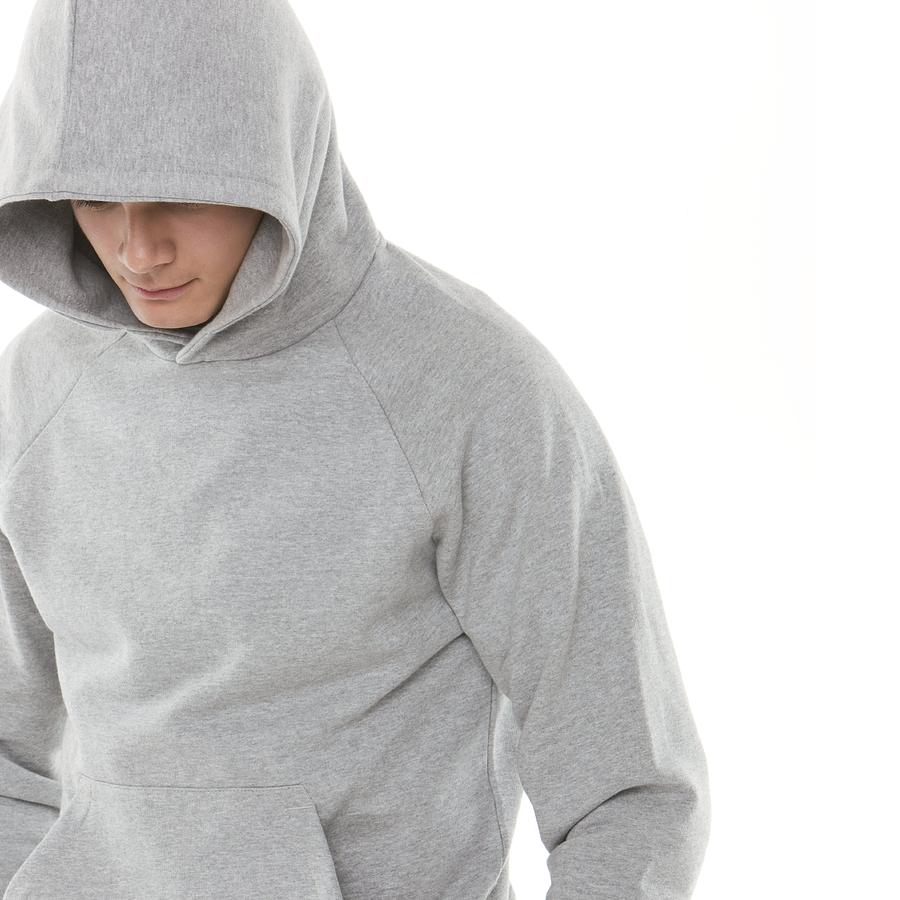The truth about wearing hoods at school
“The school is the student’s place of business. Dress and appearance should reflect this attitude. In general, clothing at Mayfield Middle School should be attractive, practical and comfortable, simple and modest,” the Mayfield Middle School student handbook reads.
Debate over what is deemed “attractive, practical and comfortable” by students and teachers has ensued as a result of the student handbook statement above. Hoods, in particular, have been a point of contention for some students.
Though the handbook does not expressly restrict hoods, it does note a rule against “hats, caps or other outdoor apparel worn during the school day.” Hooded sweatshirts, though, have become a common and popular clothing item intended for indoor wear.



Some teachers argue that wearing hoods could potentially be a safety hazard. This is because a hood obscures part of a person’s face and identity–making it harder to spot an intruder or to identify a student who has done something wrong.
It is presumably for this reason that many malls restrict hoods being worn. In November, for example, a girl was removed from a Pittsburgh mall for refusing to put down her hood when asked to do so by a security guard. Banks, too, often do not allow hoods (as well as hats and sunglasses in some cases.) In 2015, several schools in Worcester, Massachusetts, banned hooded sweatshirts entirely upon recommendation from their area police departments.
Mr. Destino confirmed that there has never been a safety hazard at a Mayfield school because of a hood.
Other teachers noted, anecdotally, that many students wearing hoods are doing so to hide earbuds. It can also, according to teachers, make it harder to make eye contact with a student, therefore making it harder to monitor on-task behavior.
Some teachers believe students should not be allowed to wear hoods because school should represent the workplace, where an employee would not be allowed to wear a hood. A workplace environment, however, is immensely different from a school environment. A key difference between school and work is that school attendance is a legal obligation. On the contrary, work is not legally required. If an employee dislikes the rules or a policy, such as not being allowed to wear specific articles of clothing, they are allowed to leave.
But the most common reason that teachers argue against hoods is based on the personal belief that wearing hoods is disrespectful.
“Wearing hoods is a form of disrespect, especially in a public building,” Paul Destino, the principal of Mayfield Middle School, explained.
From the student perspective, school is where students, until graduation, learn history, science, math, and English. It is where students learn their place in the world and the change that is possible. In order to learn and work at their best potential, students must be in a positive environment; they must be comfortable. Comfort leads to better focus, productivity, and learning, and there is a portion of students who wear hoods without the intent of acting disrespectfully.
Some students wear hoods because it helps them feel more comfortable in class. A hood can act as a security blanket in this way. On a more extreme scale, students with anxiety disorders or other mental health problems may find it necessary to wear a hood in order to focus or be productive. According to a 2015 publication from the psychology department of The University of Nebraska-Lincoln, individuals with social anxiety disorder practiced a number of “safety behaviors”–one of the most common being covering one’s head with a hat or hood.
The Supreme Court case of Tinker v. Des Moines defined the rights of students in school. The case regarded a student named Mary Beth Tinker, who argued the punishment of students who had protested the Vietnam War by sporting black armbands at school was unconstitutional. The black armbands were not only an article of clothing, but also a form of expression.
The Supreme Court came to a decision in favor of Mary Beth Tinker: “Students don’t shed their constitutional rights at the school house gates.” It was unconstitutional for students to be punished for wearing armbands. Hoods, also an article of clothing and also a form of expression, are prohibited, and it is a violation of students’ constitutional right to freedom of expression.
Mr. Destino disagrees, saying that arguing under the Tinker v. Des Moines case is inapplicable to the situation because, “By wearing a hood, students aren’t protesting anything.”
While many students consider the Mayfield Middle School hood policy to be strict, few know that exceptions are made for students with anxiety disorders and other mental health problems. According to Mr. Destino, arrangements can be (and have been) made so students with mental health problems can wear their hoods. These arrangements should be set into motion with a recommendation from a health care professional.
While this accommodation is positive, opinions on hoods will likely continue to separate staff and students. The belief that hoods are disrespectful is outdated; and the notion, without sufficient evidence, that hoods pose a safety hazard, is flawed logic. Hoods are not a tool used to build disrespect; they are a form of expression, a simple article of clothing, that brings comfort to some students and may in turn lead to better learning.







